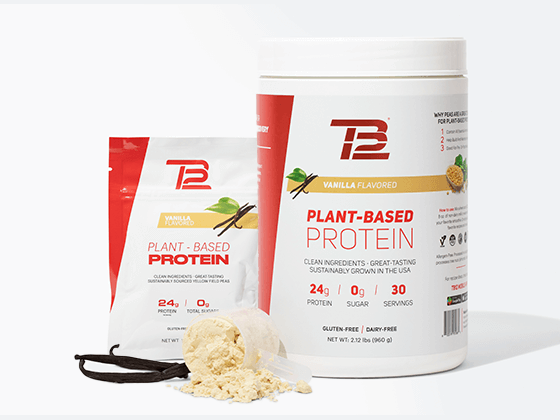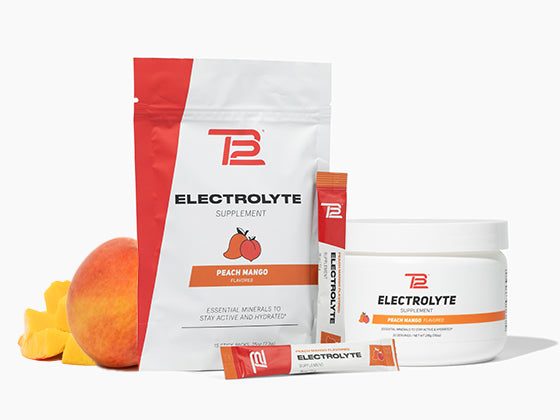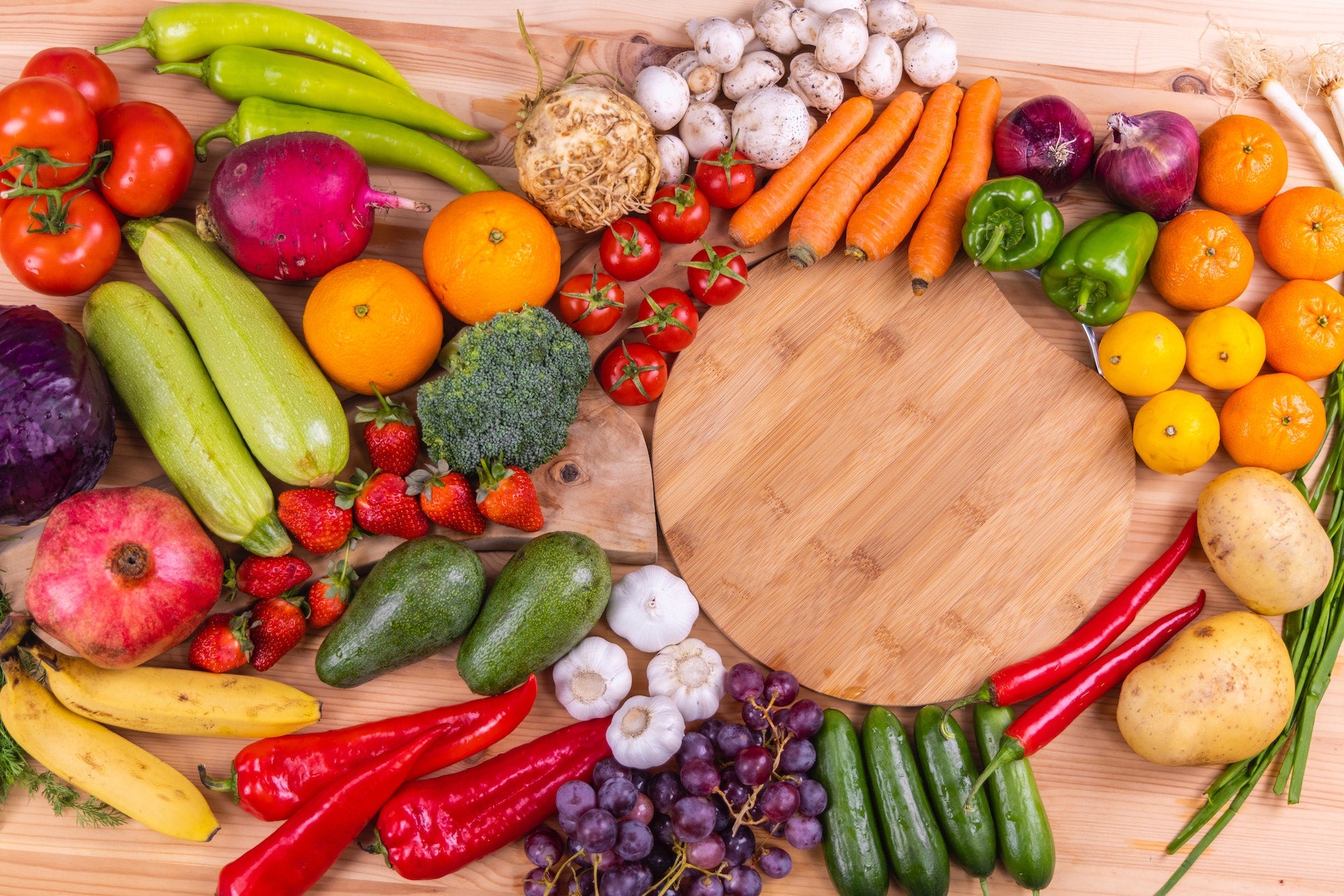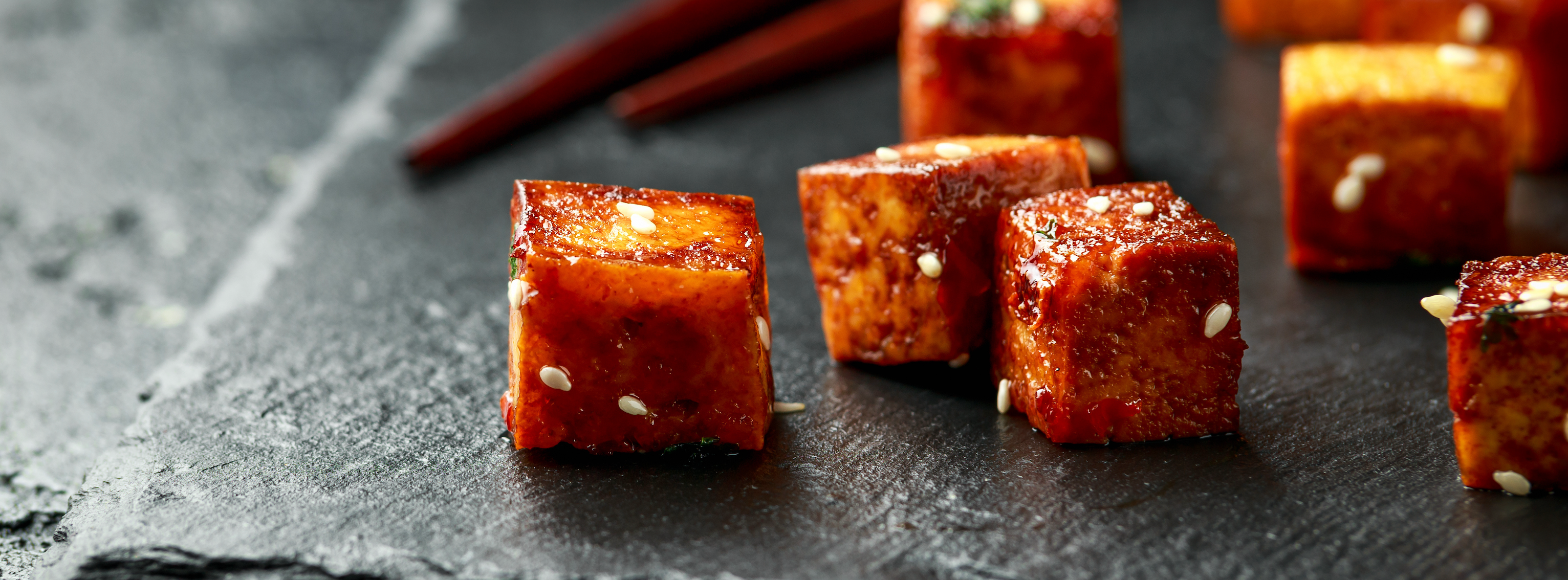We talk a lot about pliability at TB12 and how it can help elite athletes, including Tom Brady, recover faster and perform pain-free. But practicing pliability isn’t only for NFL quarterbacks and marathon runners — quite the opposite, in fact.
“Regardless of age or athleticism, we want all people to live a pain-free life,” says Body Coach Regan Dewhirst. “Whether [you’re] walking to work, carrying laundry, lifting groceries, surfing a wave, or sprinting to catch a ball, the body takes on external stress. Pliability helps to manage that stress.”
But what does pliability actually look like in your day-to-day life? Today, we're going to break down how anyone can use pliability to move and feel better — and what you can actually expect to notice and feel when you’re pliable.
30-Second Pliability Recap
Let’s start with the basic definition: Pliability is a state in which your muscles are long, resilient and able to move without restriction. Pliable muscles are better at absorbing force, allowing your body to withstand the impact of sport and daily life.
But, that impact on your daily life can vary depending on your lifestyle — or even how your body naturally shifts. “There can be changes in [pliability] day-to-day, week-to-week, [or even] month-to-month,” says Body Coach Matt Leeds.
Plus, muscle pliability becomes harder, yet more important, to maintain as we age, according to Coach Dewhirst. “Once we reach our mid-twenties…our cellular make up begins to change and the [muscles] start to become more rigid.”
We’ll explore exactly how to stay pliable in another post. For now, remember that hydration, an anti-inflammatory diet, and the use of vibrating rollers for deep-tissue work are all key to keeping your muscles pliable over time.
How Pliability Works for…
Here’s why pliability is essential for everyone, and how it can help you avoid injury, move better, and, most importantly, feel better.
The Desk Jockey
This person might work out a few times a week before or after their desk job. There generally isn’t a huge strain on their muscles, and they’re often hunched over a Zoom call. But that lack of intense physical exercise doesn’t mean that pliability isn’t essential for them.
According to Coach Leeds, “Performing repetitive movements or being in certain postures for prolonged periods of time… can have serious ramifications in terms of muscle tightness, imbalances and eventually pain.”
Translation: Typing at your computer all day is way worse for you than you might realize.
This most commonly manifests as back pain. In fact, half of working Americans have back pain symptoms, and back pain accounts for more than 264 million lost work days each year. “In the sprinters’ case, injury typically occurs when they are striding and lengthening the hamstring,” said Coach Leeds. “The same goes for the non-athlete that feels like they constantly throw their back out.”
For non athletes, staying pliable means reducing or eliminating back pain — at work and off the clock. A pliable non-athlete is able to roll out of bed without any aches, has a lower back that won’t feel tight at the computer, and can complete tasks around the house pain-free.
The Mover
For people whose jobs demand a lot of physical labor, or amateur athletes who engage in high-intensity workouts, the importance of pliability is even more apparent.
“Anyone undergoing consistent pliability work will notice an improvement in their muscle’s ability to expand and contract while exercising,” says Coach Dewhirst. “They will notice that forces are absorbed and dispersed through their entire body, and their muscles will contract (and fatigue) more evenly.” Pliability also helps flush toxins from the muscles and stimulate the brain.
In practice, pliability can help people with jobs that require physical labor to work without chronic pain plaguing their day. They can lift, walk, squat, or run without injury or fatigue. And on top of that, their muscles can recover more efficiently after a long day.
Athletes might notice that they’re able to hit the Peloton or gym more frequently. With a faster recovery time, they can go harder for longer and, crucially, bounce back quicker. “[Pliability] increases tissue elasticity, making you feel looser,” says Coach Dewhirst. “It improves the exchange of oxygen, nutrients, and waste, making you feel lighter.”
The Athlete
Muscle pliability for pro and amateur competitive athletes isn’t just important — it’s a non-negotiable. If your muscles aren’t able to take a beating and recover from an intense practice or game, then you won’t be able to perform at the highest level. Period.
Sustainability is the name of the game when it comes to pro and competitive athletes. To continue your career, your muscles need to have the capacity to sustain high-intensity work often. And according to Coach Leeds, “[Pliability] creates a sustainably active lifestyle and the longevity to do whatever you want to do without…stiffness, pain or limitations.” For athletes, pliability means you’re able to get back in the game after an injury faster, set bigger goals, and keep your career moving for longer.
The Bottom Line
Pliability is essential for everyone.
Everything we do puts physical strain on our bodies, regardless of whether you’re behind a desk, lifting heavy objects, or scoring a crucial touchdown. Staying pliable is key to combating that strain, and keeps you doing what you want to be doing without pain.
To learn more about incorporating pliability into your daily routine, check out the TB12 Introduction to Pliability.





